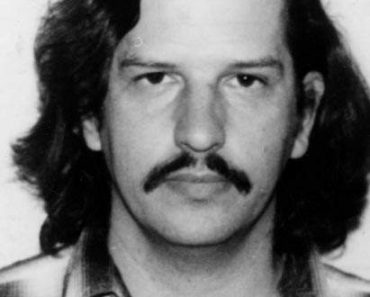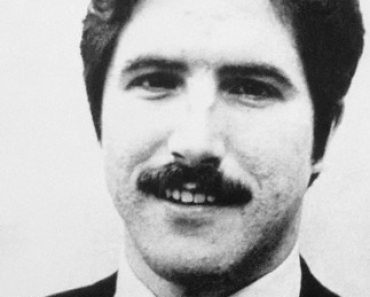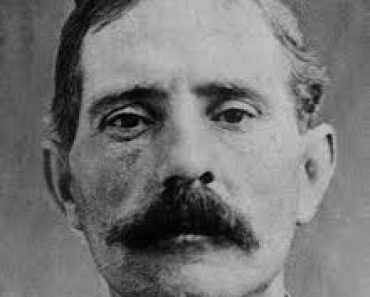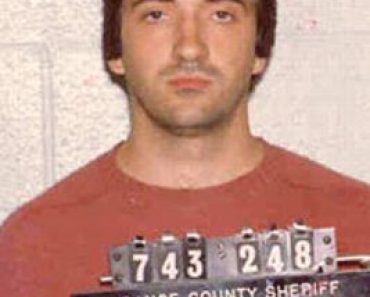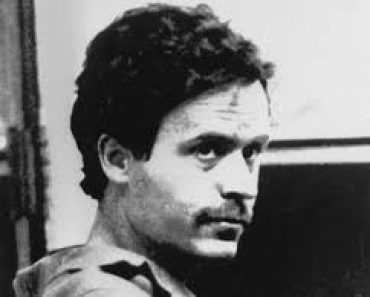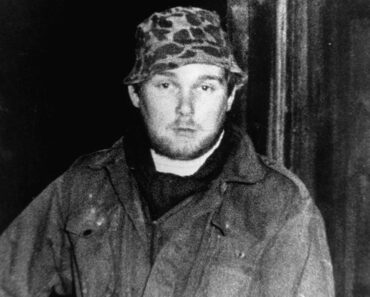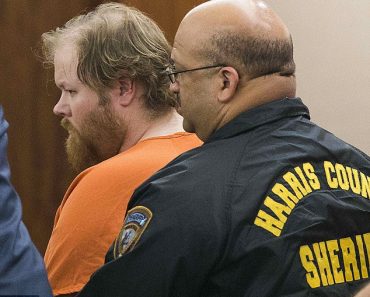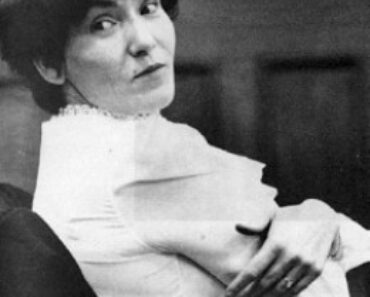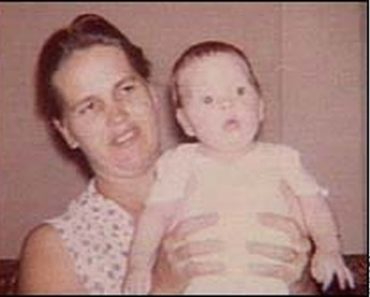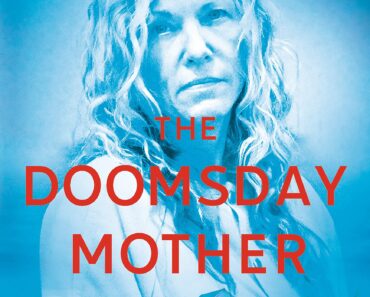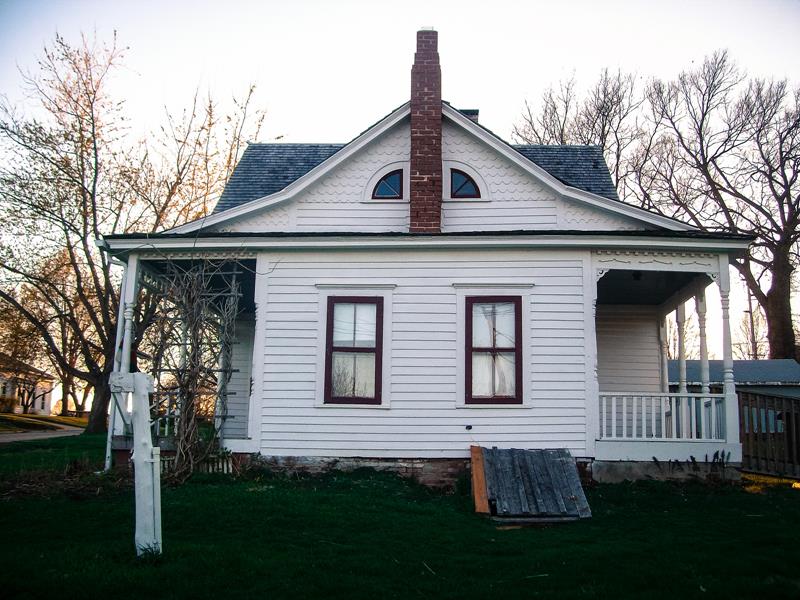
Villisca Axe Murders
The Moore Family Murders
Unsolved Mass Murder
Murdered: June 9, 1912
The Unsolved Villisca Axe Murders occurred sometime between the evening hours of June 9 and the early morning hours of June 10, in the town of Villisca, Iowa in the year of 1912.
Six members of the Moore family and two house guests were all found bludgeoned to death inside the Moore residence. All eight victims, including six children, had severe head wounds from the blunt end of an axe.
The Moore’s were an affluent family, all well-known and well-liked in their community.
The Moore family consisted of parents Josiah B., age 43 and his wife, Sarah, age 39. Their four children were Herman Montgomery (11), Mary Katherine (10), Arthur Boyd (7) and Paul Vernon (5).
Time Line To Death
JUNE 9, 1912
On June 9, 1912, the Moore family went to an evening program at the Presbyterian church. There they participated in the Children’s Day Program, which Sarah Moore had coordinated. After the program, young Katherine invited two of her friends to spend the night at the Moore house. The family and the two house guests, Ina Mae (8) and her sister, Lena Gertrude Stillinger (12) walked to the Moores’ house, arriving between 9:45 and 10 p.m.
June 10, 1912
The next morning at 7 a.m., Mary Peckham, a close neighbor of the Moores’, noticed that they had not come out to do their morning chores as was their custom. She became concerned and decided to check on them. She knocked on the Moores’ door. When nobody answered, she tried to open the door but discovered that it was locked.
Mary Peckham first let the Moores’ chickens out and then called Josiah’s brother, Ross Moore, stating her concern for his family members. Ross agreed and headed to his brother’s house at once.
The Crime Discovered
Like Mary Peckham, Ross Moore tried knocking and shouting, but he received no response either. Using a spare key that he had, he entered the house.
Mary waited outside on the porch while Ross went into the parlor. He made his way to the guest bedroom and opened the door. There he found Ina and Lena Stillinger’s bodies on the bed.
Ross immediately told Mary Peckham to call the law. Hank Horton, Villisca’s primary peace officer, arrived shortly thereafter.
Hank Horton’s search of the house revealed that the entire Moore family, and the two Stillinger sisters, had all been bludgeoned to death. The murder weapon, an ax belonging to Josiah Moore, was found in the guest room where the little house guests were found.
What Happened At The Moore House
It was concluded that the murders had taken place between midnight and 5 a.m. Two spent cigarettes in the attic suggested that the killer, or killers, patiently waited in the attic until the Moore family and their young guests were asleep.
The killer(s) began in the master bedroom, where Josiah and Sarah Moore were sleeping. Josiah received more blows from the axe than any other victim. He had been struck in the head and face with such force, and so many times, that his eyes were missing. The killers then moved on to systematically murder the rest of the victims on the upper floor in the same way. The killers then moved downstairs to the guest bedroom where he, or they, killed Ina and Lena.
Investigators believed that all of the victims except little Lena Stillinger had been asleep when they were murdered. They came to the conclusion that she was awake and tried desperately to fight back. She was found lying crosswise on the bed and had what appeared to be defensive wounds on her arms. Her nightgown was pushed up around her waist and she was wearing no underwear. Law enforcement speculation is that the killer(s) sexually molested her.
article continued below
WickedWe Recommends:
Murdered In Their Beds
The small town of Villisca received an unwelcome visitor one dark night in 1912 and the town was touched by a horror unlike anything that it had seen before or since. Over the years, the brutal murders committed that night have earned a place in infamy and they remain the most famous in a series of murders that were committed across the prairie during that era. But that night in June was not the first time that the monster who committed the “Villisca Ax Murders” had tasted blood. He blazed a terrible trail across the region in the years before and after the Villisca murders, using the railroad lines to carry out his horrific deeds.
This book will bring you the story of the Villisca Ax Murders, along with the history and the hauntings that followed, but it tells another story as well. It is a tale of madness, murder, horror and blood and the story of the “transient butcher” who wreaked havoc in the American Midwest and then vanished into history, his name and face forever unknown. (Amazon)
Persons Of Interest
Over time, many possible suspects emerged, including Reverend George Kelly, Frank F. Jones, William Mansfield, Loving Mitchell and Henry Lee Moore.
George Kelly:
George Kelly was actually tried twice for the murders. He was an English-born traveling minister who was in town on the night of the Moore family murders. Kelly was described as peculiar, reportedly having suffered a mental breakdown as an adolescent. As an adult, he was accused of peeping and several times asking young women and girls to pose nude for him. On June 8, 1912, he came to Villisca to teach at the Children’s Day services, which the Moore family attended on June 9, 1912. He left town between 5:00 a.m. and 5:30 a.m. on June 10, 1912, hours before the bodies were discovered. Reverend Kelly confessed to the murders in court, but, before it was over, the jury didn’t believe his confession, aquited him and ordered him into a mental hospital.
Andrew Sawyer:
Andrew Sawyer, a transient and a stranger in the area, was considered and interrogated at length. He was not charged and eventually dismissed.
Frank F. Jones:
Frank Jones was a Villisca resident and an Iowa State Senator. Josiah Moore had worked for Frank Jones at his implement store for many years before leaving to open his own store. Moore reportedly took business away from Jones, including a very successful John Deere dealership. Moore was rumored to have had a sexual affair with Jones’ daughter-in-law, though no evidence supports this.
William Mansfield:
Another theory was that Senator Frank Jones hired William “Blackie” Mansfield to murder the Moore family.
Nine months before the murders at Villisca, a similar case of axe murder occurred in Colorado Springs, Colorado. Two axe murder cases followed in Ellsworth, Kansas, and Paola, Kansas. The cases were similar enough to raise the possibility of having been committed by the same person. Other murders reported as possibly being linked to these crimes include the numerous unsolved axe murders along the Southern Pacific Railroad from 1911–1912, the unsolved Axeman of New Orleans killings, as well as several other such murders during this time period.
The murders in Colorado Springs were closely related in execution to those in the Moore house. H.C. Wayne, his wife and child, and Mrs. A.J. Burnham were found dead, murdered with an axe. Bed sheets were used to cover the windows to prevent passersby from looking in. At the Moore house, the murderer hung aprons and skirts to cover the windows. As in the murders in Villisca, the murderer in Colorado Springs wiped the blood off his axe and covered the heads of the victims with bed clothes.
Mansfield was also the prime suspect of the Burns Detective Agency of Kansas City and Detective James Newton Wilkerson, who suggested that he was a cocaine-addicted serial killer. According to contemporary news reports, Wilkerson believed Mansfield was responsible for the axe murders of his wife, infant child, father-in law, and mother in law in Blue Island, Illinois, on July 5, 1914 (two years after the Villisca murders), the axe murders committed in Paola, Kansas, four days before the Villisca murders, and the murders of Jennie Peterson and Jennie Miller in Aurora, Illinois.
According to Wilkerson’s investigation, all of the murders were committed in precisely the same manner, indicating that the same man probably committed them. Wilkerson stated that he could prove that Mansfield was present in each of the differing crime scenes on the night of the murders. In each murder, the victims were hacked to death with an axe and the mirrors in the homes were covered. A burning lamp with the chimney off was left at the foot of the bed and a basin in which the murderer washed was found in the kitchen. In each case, the murderer avoided leaving fingerprints by wearing gloves, which Wilkerson believed was strong evidence that the man was Mansfield, who knew his fingerprints were on file at the federal military prison at Leavenworth.
Wilkerson managed to convince a grand jury to open an investigation in 1916, and Mansfield was arrested and brought to Montgomery County from Kansas City. Payroll records, however, provided an alibi that placed Mansfield in Illinois at the time of the Villisca murders. He was released for a lack of evidence, and later won a lawsuit he brought against Wilkerson, and was awarded $2,225. Wilkerson believed that pressure from Jones resulted not only in Mansfield’s release but also in the subsequent arrest and trial of Reverend Kelly.
However, R.H. Thorpe, a restaurant owner from Shenandoah, Iowa, identified Mansfield as the man he saw the morning after the Villisca murders boarding a train at Clarinda. This man said he had walked from Villisca. If proven to be true, this testimony would disprove Mansfield’s alibi.
article continued below
WickedWe Recommends:
The Man From The Train
The Man From The Train: Discovering America’s Most Elusive Serial Killer
This book is the tale of the Villisca Axe Murders as seen through the investigative eyes and extensive research of the author and his daughter.
Between 1898 and 1912, families across the country were bludgeoned in their sleep with the blunt side of an axe. Jewelry and valuables were left in plain sight, bodies were piled together, faces covered with cloth. Some of these cases, like the infamous Villasca, Iowa, murders, received national attention. But few people believed the crimes were related. And fewer still would realize that all of these families lived within walking distance to a train station.
After sifting through thousands of local newspapers, court transcripts, and public records, he and his daughter made an astonishing discovery: they learned the true identity of this monstrous criminal. In turn, they uncovered one of the deadliest serial killers in America. (Amazon)
Most Likely Theory
Paul Mueller:
In their 2017 book ‘The Man from the Train’, Bill James and his daughter Rachel McCarthy James discuss the Villisca murders as part of a much larger series of murders which they believe were all committed by a single serial killer. They conclude the murderer was Paul Mueller (or Miller), an immigrant possibly from Germany who was the subject of an unsuccessful yearlong manhunt as the sole suspect in the 1897 murder of a family in West Brookfield, Massachusetts, who had employed him as a farmhand.
James started his research in an attempt to solve the Villisca murders, and with his daughter found archival newspaper stories detailing dozens of families murdered under similar circumstances across the US. The Jameses thus believe that Mueller was guilty of the Villisca murders as part of a killing spree that lasted over a decade, killing at least 59 people in 14 separate incidents, including the Colorado Springs and Paola crimes. The Jameses identify common features to these crimes, many of which are also found at the Villisca scene.
The killer selected families who lived near railroad tracks which is why the killer was suspected to have traveled (hence their book’s title), seemingly struck in ambush at about midnight while the victims were asleep, used the blunt side of an ax rather than the blade to strike the victims in the head and face, used an ax found at the victim’s home and left in plain sight after the murders, covered the victims with blankets to prevent blood splatter, covered windows from inside the house and locked the doors before departure. In Mueller’s suspected crimes there was often but not always a sexual motive directed towards a pubescent girl, as with Lena’s being partly disrobed.

source: wikipedia | amazon | murderpedia | iowacoldcases
This site contains affiliate links. We may, at no cost to you, receive a commission for purchases made through these links





